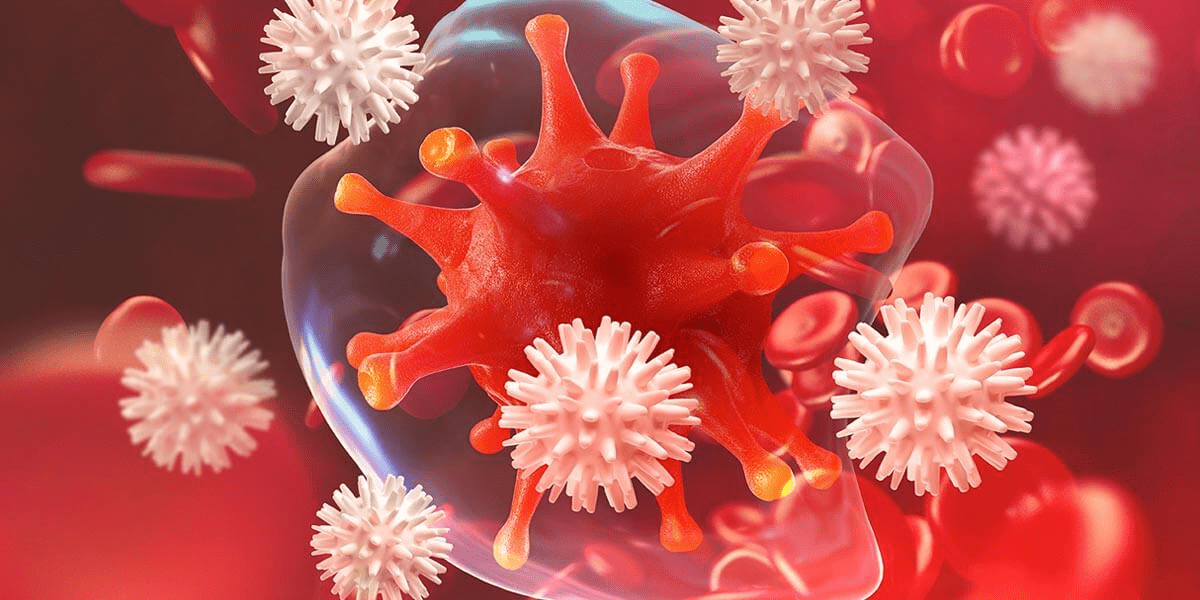Animals are constantly exposed to a variety of disease-causing agents or pathogens. When these pathogens enter the body and are able to colonize the host and multiply, they cause disease.
An animal’s immune or defense system is that part of the body which acts to counteract any infectious agent that is introduced into the body.
This defense system of the body can be said to comprise of three parts namely; the layered defense (skin and mucus), the innate or natural immunity which is nonspecific and the adaptive immunity.
Types of Animal Immunity
Immunity can be classed as either natural or acquired. Natural immunity is an innate or inborn ability to resist certain types of diseases and this immunity does not involve production of antibodies.
Acquired immunity on the other hand is immunity that animal develops to resist specific infectious agents either passively or actively.
Passive immunity involves the transfer of pre-formed antibodies from an immune animal to a susceptible animal to provide protection against a pathogen as obtained when a calf suckles the dam soon after calving or by injection of antiserum into another animal.
This type of immunity last for a short period. Active immunity is obtained when animal develops antibodies following exposure to an infectious agent or pathogen either natural infection or by vaccination. This type of immunity last longer in the animal.
The Animal Immune System

The function of the immune system of the animal is to protect the body against pathogenic agents. The immune of the animal is innate and is composed of two parts, humoral and Cellular.
Read Also: Factors Affecting the Health Status of Animals and Solutions
The humoral part produces substances like antibodies) found in the blood. These substances are able to prevent growth and development of pathogens or make them stick together to facilitate their removal from the body.
The cellular part produces cells (like T-lymphocytes, Natural Killer cells) that ingest and destroy pathogens. Both the humoral and cellular immunity are not directed against particular pathogens and therefore are said to be nonspecific.
In summary, in this article, you have been introduced to what is immunity in animals and how an animal’s body reacts to the presence of an infectious agent. You have also been exposed to the two different types of immune responses that occur in the body. This article has discussed the basic concept of immunity in animals.
Read Also: Comprehensive Guide on How to Produce an Air-Freshener

